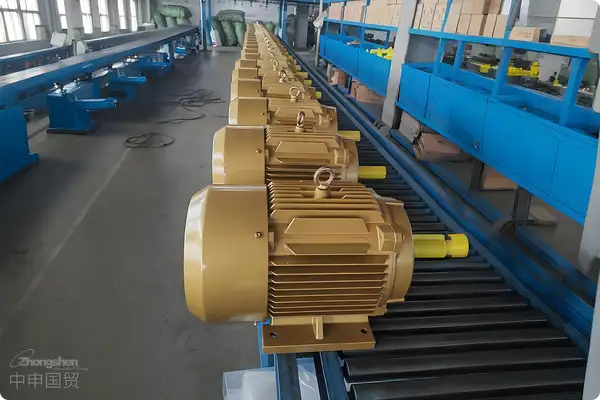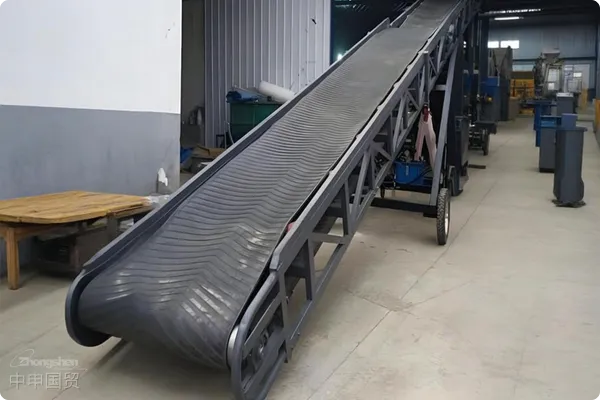- Shanghai Zhongshen International Trade Co., Ltd. - Two decades of trade agency expertise.
- Service Hotline: 139 1787 2118

Three Key Battlefields for Customs Clearance of Imported Machinery Equipment
Against the backdrop of increasingly stringent international trade regulations in 2025, machinery equipmentImport Customs Declarationhas seen a significant increase in complexity. According to the latest statistics from the General Administration of Customs, the rate of amendments and resubmissions for mechanical and electrical product declarations has increased by 23% year-on-year, with 65% of declaration errors concentrated in the matching between equipment functional descriptions and technical parameters.
Comprehensive Operational Guide
Professional customs brokerage services must cover the following core aspects:
- Pre - classification Service
- Providing 3D structural diagram analysis of equipment
- Functional module breakdown and database comparison
- Verification using the newly added AI-assisted classification system in 2025
- Tariff optimization plan
- Application of cumulative rules of origin under free trade agreements
- Matching with import tax policies for major technical equipment
- Cost comparison model between temporary and permanent imports
- Technical Regulatory Compliance
- 3CCompliance pathways for certification exemption applications
- Access procedures for special equipment such as pressure vessels
- Timeliness control for pre-import filing of used mechanical and electrical products
High-risk warnings and response strategies
In 2025, customs audits have shifted focus to technical trade measures, with recent typical cases showing:
- A German precision machine tool incurred a 178,000 RMB back charge due to classification errors from omitting its AI control module in functional descriptions
- Canadian woodworking machinery paid 9.2% of goods value in excess tariffs by not applying FTA cumulative rules
- A used Japanese injection molding machine incurred over 230,000 RMB in demurrage charges due to incomplete pre-shipment inspection
Core Value Proposition of Professional Brokers
High-quality customs brokers should possess the following service capability matrix:
- Policy Response Speed: Interpreting latest regulatory updates within 72 hours
- Technical Analysis Depth: Forming teams combining mechanical engineers and customs specialists
- Emergency Handling Capability: Establishing nationwide port emergency response networks
Practical Cost Control Model
Taking the import of a $5 million automated production line under CIF terms as an example:
- Accurate HS code classification saves 12% in tariff expenditures
- Utilizing temporary import guarantee mechanisms reduces capital occupancy ratio
- Pre-ruling procedures shorten customs clearance time to within 72 hours
2025 agency service selection standards
Key considerations for corporate decision-making:
- Availability of operational case database in machinery equipment sub-sectors
- Proportion of mechanical engineering professionals in customs team
- Compatibility between automated declaration systems and customs data interfaces
- Successful crisis handling cases and compensation guarantee mechanisms
Related Recommendations
Category case
Contact Us
Email: service@sh-zhongshen.com
Related Recommendations
Contact via WeChat

? 2025. All Rights Reserved. Shanghai ICP No. 2023007705-2  PSB Record: Shanghai No.31011502009912
PSB Record: Shanghai No.31011502009912








